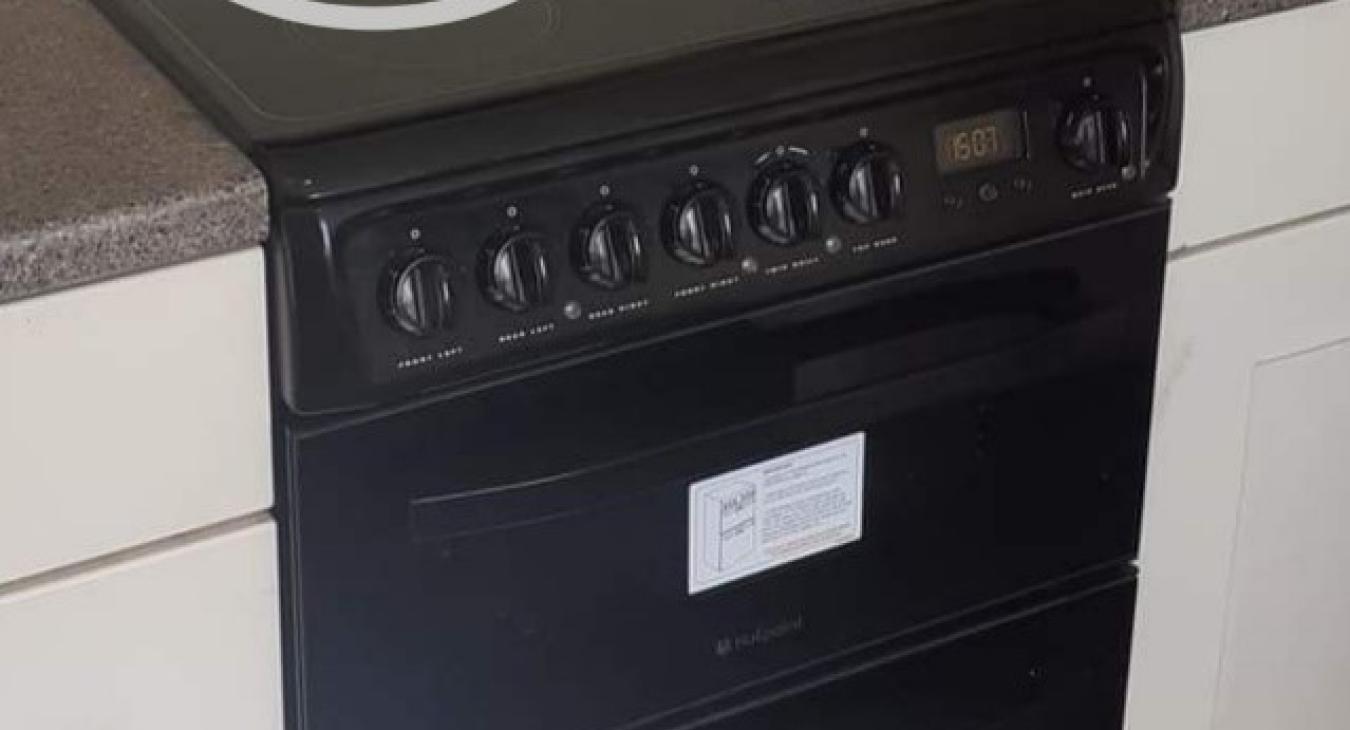
Table of Contents
- There are two ways to get a cooker all fired up. Gas and Electric.
- What types of electrical cooker are there?
- Does an electric hob require its own supply?
- Does an electric oven require its own supply?
- What about a standalone cooker?
- What does installing a new circuit require?
- How much does a cooker circuit cost to install? 💷
1) There are two ways to get a cooker all fired up. Gas and Electric.
That of course makes the assumption that no one uses log fires or charcoal barbecues in the house to cook their food, at least, I would hope not. If, however you do, then this is the wrong web page for you. 😊
Gas cookers require an electrical connection in order to light the gas but their electrical connection is not a complicated or difficult job to achieve. Quite often these appliances can be wired to a plug top and connected into a plug socket in order to work effectively.
Electrical cooker, hobs and ovens are a different situation though.
Back to top2) What types of electrical cooker are there?
There is the electric hob, the electric oven and the freestanding electric cooker that combines both.
Back to top3) Does an electric hob require its own supply?
Yes and no. Most modern stand-alone electric hobs will be able to function to an extent on a plug top that is connected into a wall socket. The manufacturer of each appliance will stipulate in their instructions how the appliance needs to be connected to the electrical supply in your home and these should be followed as closely as possible. Whilst modern electric hobs can often run on a plug top in a socket, there is seldom adequate power to use the hob to its full extent when this method of connection is used.
A modern electric hob typically consumes up to 7kW that is 7000 watts of power at times. A plug top is safely able to deliver 2950 watts for a very short period of time. What does this mean? Well, at best two rings of your hob could be used simultaneously for a brief period. In practice we find a lot of customers contact us to ask us to run a new circuit to their electric hob because they cannot cook properly on the stove. If you live alone and seldom use more than one or two pans then it is likely you may be okay using the ”plug and play” method. Otherwise, a new circuit is required to be installed from your consumer unit / fuse box to the appliance.
Back to top4) Does an electric oven require its own supply?
It entirely depends on the oven. A lot of single ovens are able to be safely installed on a 13-amp fused connection unit, correctly terminated and tested by an electrician. If, however, your oven is a larger style or freestanding unit then it is highly likely that a plug top will be unsuitable and even dangerous to install.
The installation requirements of the appliance will be outlined in the manufacturer’s instructions. If you would like your appliance installed by us then we will ask for a couple of photographs and a photograph of the serial number / model number of the appliance. We will perform then necessary installation requirements checks for you and quote for the work on that basis.
Back to top5) What about a standalone cooker?
Standalone cookers normally contain both an electric oven and an electric hob and the power requirements will usually far exceed the power delivery of an electric plug. If the cooker is a dual fuel, then sometimes a plug top will be sufficient.
Back to top6) What does installing a new circuit require?
Normally a site visit to check the existing consumer unit / fuse box, the safety earthing in your home and the cable route that we would need to take in order to install the appliance. A cable would need to be installed linking your consumer unit / fuse box to the appliance. Ideally also a switch installed somewhere near the appliance to provide a local means of switching off the appliance in an emergency.
We would need to make sure that the new cable is thick enough for the job by carrying out some calculations taking into account the length of the route and other factors. We would discuss with you the best way for us to install the cable as well. Most people like cables to be hidden out of sight completely, sometimes we may have to use plastic trunking (a rectangular plastic channel) to install cables if there is no other way.
We would ensure that safety electrical testing is carried out and that the new circuit complies with the wiring regulations and building regulations and provide you with the necessary certificates once the installation is complete. These are not optional. These are requirements.
Back to top7) How much does a cooker circuit cost to install? 💷
Bear in mind every job is different. There are numerous factors to consider. A cooker that is immediately behind a consumer unit on the other side of the wall is a much easier installation than a long run through the whole house.
A brand-new consumer unit is likely to need minimal or no modification in order to carry out the installation whereas an ancient fuse wire box is likely to be unsuitable and require further work to bring the installation up to standard thus costing more.
Typically, a cooker circuit is likely to cost anywhere from £250 onwards (at the time of writing). As always, we can be much more accurate if you are happy to contact us and provide us with a bit more information. No obligation to have us carry out the work, we may not even need to visit if you are able to be a bit tech savvy with a video or some photographs of your home, consumer unit and electrical installation. We understand everyone leads busy lives and waiting around for a tradesperson to come and visit to quote can be stressful.
We try to eliminate your stress as much as possible. 😊
7.1) Our contact info:
📧 Fill in our contact form here.
Back to top










